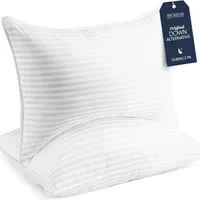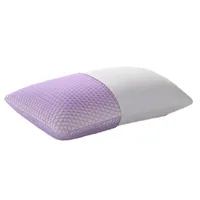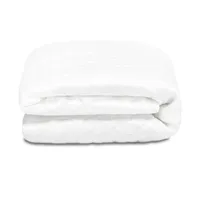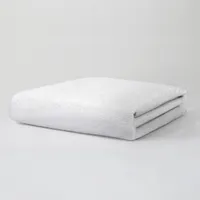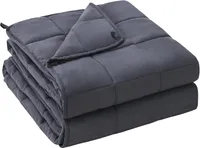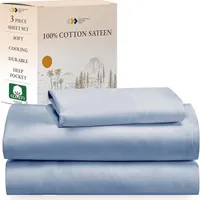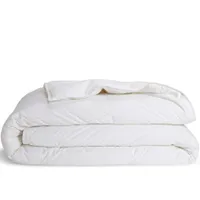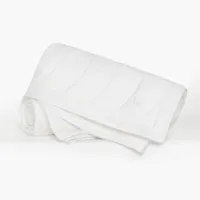Best bedding sales in January 2026— up to 30% off Avocado, Brooklyn Bedding and more
Your one-stop shop for incredible deals on pillows, weighted blankets, silky-soft sheets and more for all sleepers
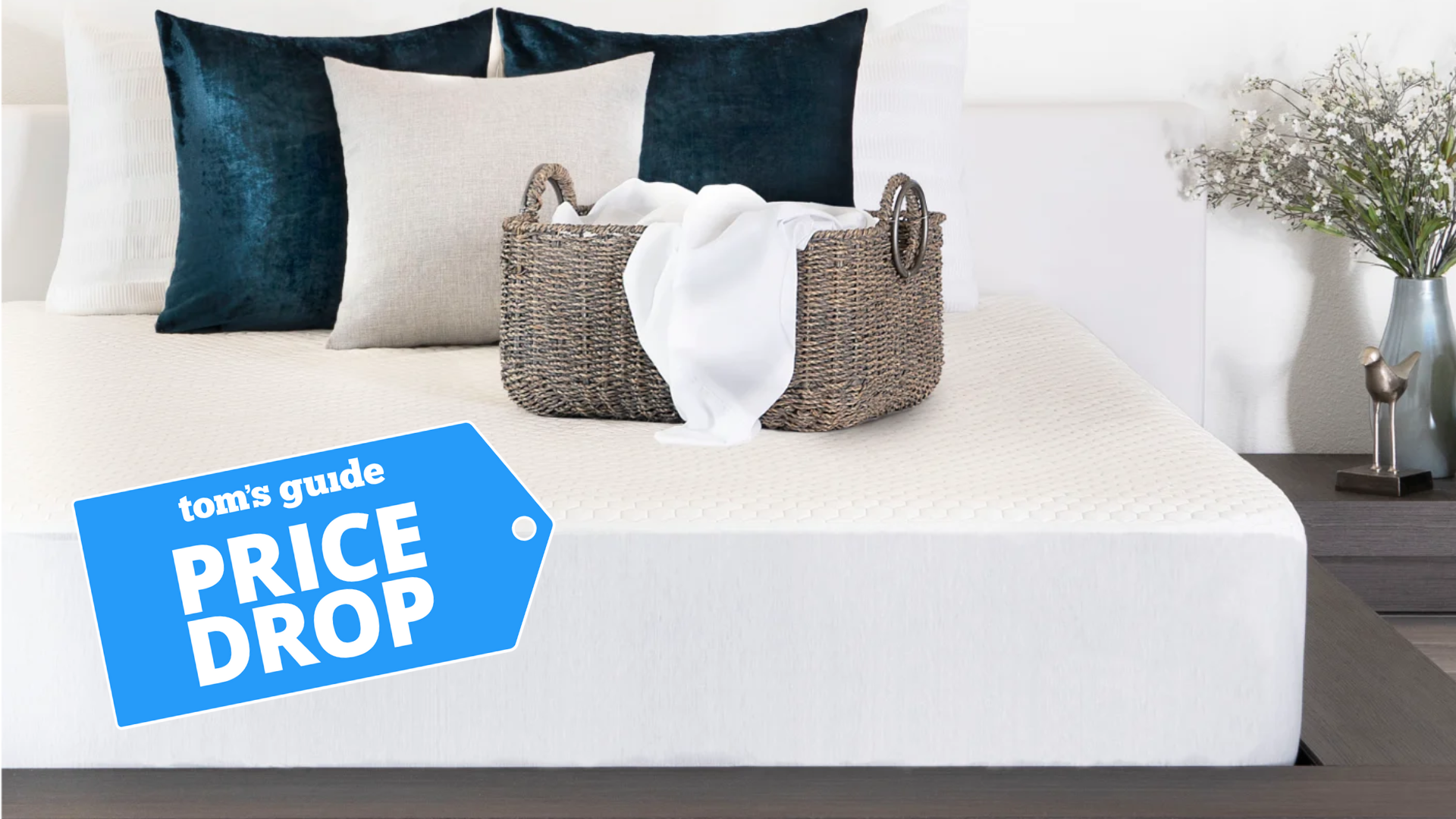
Planning to prioritize restful sleep this year? It's time to upgrade your bedroom set up, and no, it needn't cost a fortune. You can earn great savings on all bedding thanks to the sale offers from all major brands . Our current favorite deal is the 30% off the Brooklyn Bedding Luxury Cooling Mattress Protector.
Struggle with neck pain? Chances are that you're lying on an unsupportive pillow. Browse through the best pillow brands below to get great discounts on options for side and back sleepers, who are looking for plush yet supportive comfort. What's more? Recreate hotel-quality luxurious sleep with the best bed sheets we've tested this year.
New pillows and sheets alone won't guarantee quality sleep. Explore our monthly mattress sales to snag the lowest prices on both budget-friendly and luxury beds. But first, here are our top bedding picks of January 2026...
Today's top bedding sales 2026
Quick Links
- Avocado: 10% off pillows, bedsheets, protectors and more
- Birch: 25% off sitewide with free pillows with selected mattresses
- Brooklyn Bedding: 30% off luxury cooling mattress protector
- Brooklinen: bedding bundles up to 30% off
- Company Store: 30% off sitewide semi-annual sale
- Helix: End of year sale 25% sitewide
- Parachute: up to 15% off bundles
- Tempur-Pedic: up to $129 in bundle savings
- Wayfair: up to 70% off sitewide
Pillow deals
Read moreRead less▼
Get down-like plush comfort with the top affordable option also included in our best pillow for side sleepers guide, crafted from soft yet supportive down-alternative 100% polyester fiber. It is encased in a no-shift breathable and moisture wicking 250 thread count cotton cover, perfect to beat the summer heat. Plus according to our reviewer, the Beckham pillow delivers "hotel-luxury sleep within a budget", making it a great value purchase at this price (read our full Beckham Hotel Collection Down Alternative Pillow review for more details). You can now find it up to 25% off dropping the MSRP from $79.99 to $59.99.
Our review: ★★★★½
User score: ★★★★½ (based on over 251K reviews)
Read moreRead less▼
Need a firm pillow to better support your neck and shoulders? This model from Avocado is made from charcoal-infused latex, which not only gives a firmer supportive feel but also a moisture-wicking and breathable sleeping surface, perfect to get rid of nightsweats and overheating. It is now 10% off which drops the price of a queen size from $149 to $134. You can also enjoy sleep benefits such as a 100-night sleep trial, 1-year warranty and free shipping.
User score: ★★★★½ (based on over 1K reviews)
Read moreRead less▼
Here's an adjustable pillow designed to consistently maintain its shape and support. Thanks to the shredded memory foam and kapok fiber fill, this medium-firm fully adjustable pillow is suitable for all sleeping styles and body types. During our Layla Kapok pillow review, we found it to strike a good balance of comfort and support, which can do wonders to relieve any muscle tension or aches. You can now grab two queen Layla Kapok pillows as part of a buy one get one 50% off sale, which drops the MSRP of a pack from $218 to $163.50. Sleep benefits include a 30-night trial, 5-year warranty and free shipping.
Our review: ★★★★½
User score: ★★★★½ (based on over 3K reviews)
Read moreRead less▼
The Purple Harmony is our top pick for combination sleepers since it comes in three different height options and is hence customizable to suit your sleeping preferences. Our tester reports in the Purple Harmony pillow review that it offers jiggly yet firm support all night long. You can now get 10% off a pack of standard size Harmony pillow dropping the MSRP from $418 to $376 on Purple. Sleep benefits include a 30-night sleep trial, one-year warranty and free shipping.
Our review: ★★★★
User score: ★★★★½ (based on over 13K reviews)
Mattress protector deals
Read moreRead less▼
Troubled by allergies? What you need is a mattress encasement which is designed to offer 360 degree protection for your bed. The Zippered Mattress Encasement from Utopia Bedding is a good option. A twin size now starts from $18.99 (was $19.99) while a queen will cost you $18.89.
User score: ★★★★½ (based on over 123K reviews)
Read moreRead less▼
Protect your bed and get the cooling comfort to sleep better this summer with the Brooklyn Bedding Luxury Cooling Mattress Protector. Our reviewer found this to be consistently cool after multiple wash and dry tests (read the full review on the Brooklyn Bedding Luxury Cooling Mattress Protector for more details). Get up to 30% off now, which drops the MSRP of a queen protector from $129 from $90.30. Sleep benefits include: 30-day returns, 3-year warranty and free shipping.
Our review: ★★★★½
User score: ★★★★½ (based on over 1K reviews)
Read moreRead less▼
Looking for a breathable all-rounder? Our Sijo Airyweight Eucalyptus Mattress Protector review found it to be cooling, 100% waterproof and noiseless, making up a whole package of benefits. You can now find it at 20% off which drops the MSRP of twin XL from $60 to $48 while a queen is $64 (was $80). One drawback is the lack of a sleep trial or warranty, although you can eligible for a return option (within 60 days) when shopping directly from the official website.
Our review: ★★★★½
User score: ★★★★★ (based on over 150 reviews)
Weighted blanket deals
Read moreRead less▼
Here’s another popular weighted blanket with a flat $100 off thanks to the current Layla sale The Layla weighted blanket is a crowd-favorite having a dual touch sensation with plush mink-like fur on one side and 300 thread count cotton on the other. It delivers deep touch pressure (DTP) which basically is immense full body pressure relief and instant calmness with the help of a high density micro-glass beads fill. You can choose from three weight options (15 lbs, 20 lbs and 25 lbs) to suit your preferences. A 20 lbs blanket is now just $99 down from $219.
Read moreRead less▼
Here's a more affordable weighted blanket option, now up to 15% off on Amazon. The YNM Cotton Weighted Blanket has 2”x 2” glass bead pockets offering an even weight distribution without any clumping. The unique seven layer system consists of a hypoallergenic synthetic fiber fill encased in a 100% OEKO-certified soft cotton cover perfect for that soothing warm hug. The YNM blanket is also low-maintenance since it's both machine washable and tumble-dried on a low heat setting. The prices vary based on the size (available from kids twin to california king), color (6 different options) and weight you choose (7lbs to 40 lbs). Note that not all sizes are part of the current sale. A 20 lb weighted blanket is now $119.99 (was $139.99).
Read moreRead less▼
Here's a more affordable weighted blanket option, now up to 25% off on Amazon. The Yescool cooling weighted blanket has 7 layers of fabric offering ultimate comfort including non-toxic glass beads for pressure relief. It is also low-maintenance since it's machine washable. however, the brand recommends air-drying your blanket. The prices vary based on the size (available from kids twin to california king), color (6 different options) and weight you choose (7lbs to 40 lbs). A 12 lb weighted blanket is now 20% off dropping price from $49.99 to $39.99.
User score: ★★★★½ (based on 8K+ reviews)
Bedsheet deals
Read moreRead less▼
This Amazon affordable bedsheet set is made from soft, sweat-free, stain-proof and wrinkle resistant brushed microfiber. CGK sheet set includes a flat sheet, a fitted sheet and a pillowcase available in over 15 color tones. A queen set has now dropped in price from $41.99 to $24.99
User score: ★★★★½ (based on 393K+ reviews)
Read moreRead less▼
Fans of soft low-maintenance polyester sheets? Here's another popular pick from Amazon, the Utopia Bedding 3-piece sheet set, our top budget pick in the guide. Similar to the CGK, it's available in a range of colors now up to 22% off. While not all sizes and colors are on sale, some are now at a much lower rate than usual so we think it's a good time for back to school shopping. Each set includes a flat sheet, a fitted sheet and a standard-sized pillowcase.
User score: ★★★★½ (based on 253K+ reviews)
Read moreRead less▼
We admit that it's tricky to find affordable sheets made of 100% natural cotton, but this California Design Den set may well be an exception starting at $49.39 at full MSRP. The 3-piece set can fit mattresses up to 15" deep and comes in over 20 colors to choose from. You can now earn savings up to 16% which drops the MSRP of a queen set from $49.99 to $44.99 on Amazon.
User score: ★★★★½ (Over 86K+ reviews)
Comforter deals
Read moreRead less▼
Our best comforter overall is great for all-year use because it comes in three different variants to suit the season or your sleeping style. The Brooklinen Down Comforter is made from Downmark certified, ethically sourced 100% Hutterite down and encased in a luxuriously smooth cotton sateen cover. You can choose between three weights, based on how you sleep: lightweight (650 fill power ideal for those who overheat at night), all-season (700 fill power) and ultra-warm (750 fill power). You can now save up to 15% off which drops the price of a lightweight queen comforter from $299 to $254.15.
Our review: ★★★½
User score: ★★★★½ (based on over 2K+ reviews)
Read moreRead less▼
Buffy is another brand featured in our comforters guide known for its plush feel and comfort. The Breeze model is designed specifically for hot sleepers and warmer months. An alternative to the fluffier Cloud, the Breeze is beloved among hot sleepers, amassing 6,000-plus reviews as a lightweight top layer that somehow makes sweaty summer nights that much cozier thanks to its eucalyptus lyocell fiber fill. And right now, thanks to the brand's current seasonal sale, it's 25% off dropping the price of queen comforter from $250 to $187.50.
User score: ★★★★½ (based on over 6K+ reviews)
Read moreRead less▼
According to our Layla Down-Alternative Comfort review, it delivers down-like comfort and great temperature regulation while being easy to maintain. It also comes with good benefits including a 30-night trial, 5-year warranty and free shipping.
Our review: ★★★★½
User score: ★★★★★ (based on over 200+ reviews)
Bedding FAQs
When are the best bedding sales?
Bedding sales run all-year round, but finding the right one depends on the specific type of product and quality you're looking for. From our experience in tracking bedding deals, we think holiday seasons and major events like Presidents' Day (February), Memorial Day (May), Black Friday (November)and Amazon Prime Day are the best times to find your favorite products from top brands on sale.
What to look for when buying new bedsheets?
Quality is the prime factor to check when buying bed sheets, mainly because it is an item available in a range of prices. This can be determined by assessing the thread count, softness and durability of the material. Unsure about thread count and how it contributes to a good night's rest? Check our article on the ideal thread count to invest in summer for more details.
Get instant access to breaking news, the hottest reviews, great deals and helpful tips.

Becky is a Sleep Staff Writer at Tom’s Guide covering all things sleep-related including product reviews, research studies, news and explainers. She works on specialist bedding content and is responsible for buyer’s guides like the best pillows for all sleepers and best mattress protectors focusing on popular brands such as Tempur-Pedic, Avocado, Coop Home Goods and more. Becky is a PPA accredited journalist who is keen to explore the intricacies of sleep, its effects on skincare, mental wellbeing and work performance. While not thinking of sleep, she can be seen reading in cosy bookshops or learning about global food culture.
You must confirm your public display name before commenting
Please logout and then login again, you will then be prompted to enter your display name.
 Club Benefits
Club Benefits





